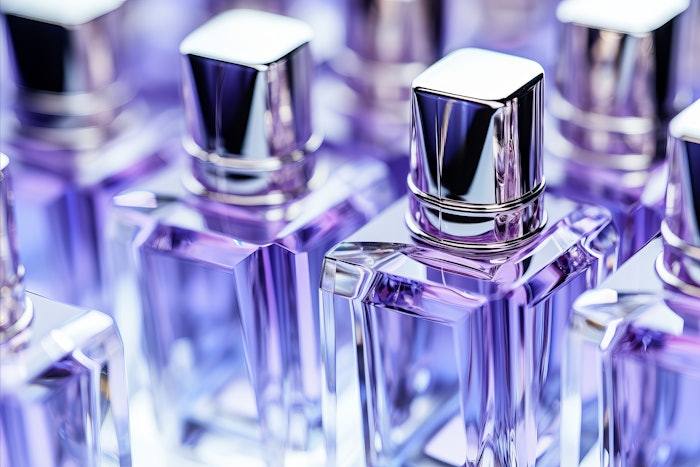
Analysis updated June 5, 2024. In February 2024, CEW hosted its annual "Global Trend Report" virtual event, featuring data and analyses from Yarden Horwitz of Spate, Larissa Jensen of Circana, Sarah Jindal of Mintel, Sam Mintz of Google, Leslie Ann Hall of Iced Media, Tara James Taylor of NielsenIQ, and Conor Begley and Alex Rawitz of CreatorIQ/Tribe Dynamics. Read our full, multi-part analysis here:
- Beauty 2023-2026: Category Blur & Continued Growth
- Decoding Generation Alpha & Beauty
- Beauty Retail 2024 & Beyond: Shoppers, Inflation & Promotions
Beauty dupe culture is a fixture of the marketplace and a favorite topic for influencers and journalists. They’re also the bane of many brands’ existence.
But are they such a bad thing?
A new analysis from Circana's Natallia Bambiza and Jaquelyn Wenskus notes that fragrance and makeup in particular are experiencing the challenges and growth associated with dupes.
Dupes & the Fragrance Boom
The authors note that scent dupes offer a similar fragrance experience as a luxury or niche brand, but at a fraction of the cost. These lower cost alternatives are more visible and discoverable than ever, thanks to #PerfumeTok and high Gen Z engagement in the fragrance category.
Gen Z is reportedly "twice as likely to be influenced to purchase a scent that is a dupe or inspired by a more expensive scent," per the Circana analysts, in part because these shoppers believe that lower cost fragrances can be just as good as their more premium counterparts.
We'll get to how higher-priced brands can respond to these trends in a moment.
The Symbiotic World of Makeup Dupes
About 1/3 of all makeup users use dupes, but that percentage jumps to nearly 50% for millennials and Gen Z, pointing to a generational shift in the category.
As in fragrance, social media is the leading driver for makeup information for Gen Z shoppers; it's also the second most popular source for millennials.
Exposed to countless dupe videos on social feeds, these shoppers have been normalized toward acceptance of dupes.
Read on to see why this can actually be good for categories and duped brands.
Beauty Dupes Expand Routines
The conventional wisdom is that dupes cut into originators’ market share and undermine investments into innovation.
But NielsenIQ data presented during the February 2024 CEW year in review event showed that 98% of surveyed shoppers said dupes expanded their regular routine, including the adoption of products such as setting sprays, primers and bronzers.
No surprise, primers and setting sprays are among the most-duped products, along with eyebrow products.
Duped Beauty Brands Benefit from Increased Awareness
NielsenIQ's Tara James Taylor argued in her briefing that not only are dupes a major force in the U.S. market, brands that are most duped are typically doing very well.
The recent analysis from Circana's Bambiza and Wenskus concurs. The authors noted that "luxury and prestige brands often benefit from the increased awareness and excitement generated by the dupe."
To gain this benefit, higher- priced brands need to focus on key qualities such as distinct benefits, unique ingredients, overall quality or craftsmanship to convince shoppers to avoid trading down.
Sarah Jindal of Mintel has similarly argued that brands seeking to compete with dupes will need to leverage unique ingredients that are harder to adopt or replicate.
In her CEW presentation earlier this year, Jindal pointed to data showing that 68% of U.S. shoppers say they are willing to pay more for higher quality formulations, while 72% of Chinese consumers want scientific evidence of efficacy.
The analyst added that focusing on ingredient quality—like a wider variety of hyaluronic acid molecular weights or unique vegan collagens—can beat out lesser dupes.
So too can a focus on green chemistry, as well as self-testing tools, AI devices or other tools that in some way boost efficacy.
These facets are far more difficult to dupe.










